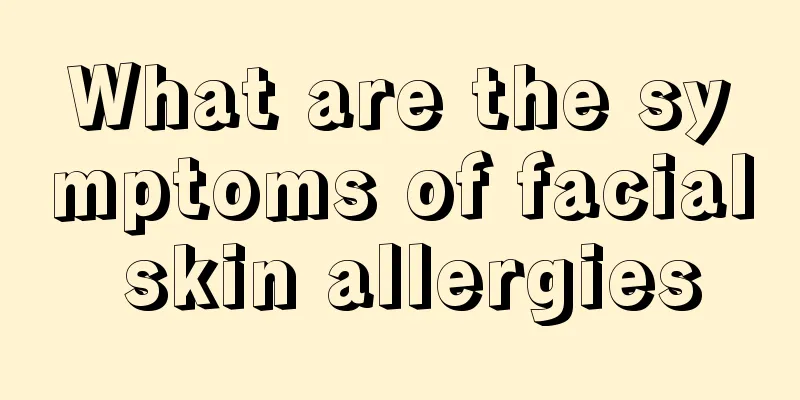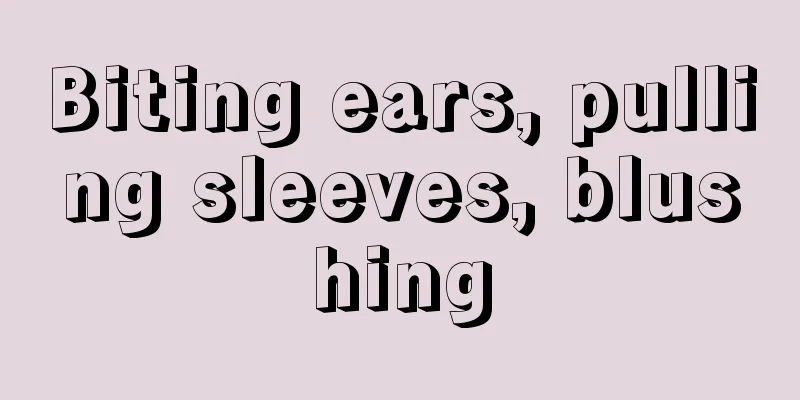What causes droopy eyes

|
For everyone, age is a butcher's knife. When people get older, the changes in the eyes are very obvious, especially some people have drooping eyelids. Drooping eyelids are caused by age or loose skin, especially for some people with double eyelids, they are most likely to have drooping eyes. Learn more about what causes droopy eyes? Causes of droopy eyes: Ptosis refers to the drooping state of the upper eyelid due to the inability to lift part or all of the upper eyelid, that is, when looking forward horizontally, the upper edge covers more than 1/5 of the cornea. In mild cases, ptosis does not cover the pupil and only causes abnormal appearance. In severe cases, it may partially or completely cover the pupil and affect vision. Patients often like to look up and have obvious forehead wrinkles. Various reasons for the levator palpebrae superioris muscle or muscle dysfunction can cause ptosis, which can be divided into congenital and acquired ptosis: (I) Congenital ptosis Most cases occur in both eyes, and the upper eyelids cannot be lifted normally since birth. It may be caused by hypoplasia of the levator palpebrae superioris muscle or the oculomotor nerve. (ii) Acquired ptosis It can affect one or both eyes, and often has a relevant medical history or associated symptoms, which can be seen in: 1. Oculomotor nerve palsy is often accompanied by eye movement disorders and pupil abnormalities, and may cause discomfort such as diplopia, dizziness, nausea, etc. It is common in intra- and extra-cerebral, nasopharyngeal or orbital injuries, inflammation, tumors, vascular diseases and metabolic diseases such as diabetes. 2. Horner syndrome: Insufficient function of the Horner muscle causes ptosis. 3. Damage to the levator palpebrae superioris muscle or aponeurosis may cause wrinkles in the drooping upper eyelid, which can be seen in patients with trauma, surgery or the elderly. 4. Myasthenia gravis affects one or both eyes and may be accompanied by diplopia, which is often better in the morning and worse in the evening. It can be relieved after injection of neostigmine or edroclotamide (Tensilon). 5. Chronic progressive extraocular muscle paralysis often affects both eyes, and may be accompanied by eye movement disorders, diplopia, no pupil abnormalities, and may be accompanied by paralysis of other skeletal muscles. 6. Stye or trachoma eyelid inflammation, swelling, and hypertrophy may cause mechanical upper eyelid lifting disorder due to gravity or compression. 7. Pseudoptosis is mostly caused by abnormal position or shape of the eyelid and eyeball, which leads to excessive coverage of the eyeball by the upper eyelid, but there is no eyelid lifting disorder. It can be seen in eyelid skin relaxation syndrome, enophthalmos, microphthalmos, eyelid edema, vertical strabismus, hysteria, etc. |
<<: Introduction to the method of washing hair with Platycladus orientalis leaves
>>: Can eye deformation be restored
Recommend
I succeeded in losing weight with red bean soup
Red bean is a relatively nutritious food. It cont...
What are the early symptoms of liver cancer? There are six early symptoms of liver cancer that are easy to ignore
In recent years, the incidence of liver cancer ha...
What are the harms of cola to men?
Carbonated drinks are every child’s favorite. The...
What should I eat on an empty stomach in the morning and what should I not eat
The morning sets the tone for the day. If you wan...
What to do if sandals rub your toes
It's the season for wearing sandals again. Th...
Can I eat black beans while taking Chinese medicine?
Patients must be careful about what they eat when...
What is the shelf life of donkey-hide gelatin? How to choose donkey-hide gelatin?
From a traditional perspective, the longer the do...
Four typical causes of pancreatic cancer
The incidence of pancreatic cancer remains high. ...
What are the benefits of children learning to dance?
Nowadays, there are many dance schools in cities ...
Why is my tongue a little numb?
The tongue is the most important taste organ in t...
What are the treatments for eardrum perforation?
The eardrum is very important for the hearing of ...
How to prevent eye diseases?
Eyes are known as the windows to the soul and are...
Eating bitter almonds to fight cancer? She was poisoned to death! Be careful not to use these folk remedies indiscriminately
In November this year, Ms. Wang from Changshu, Ji...
What causes burning sensation in male urethra?
A burning sensation at the male urethral opening ...
Symptoms of pufferfish poisoning: hallucinations
For those who like to eat puffer fish, they must ...









